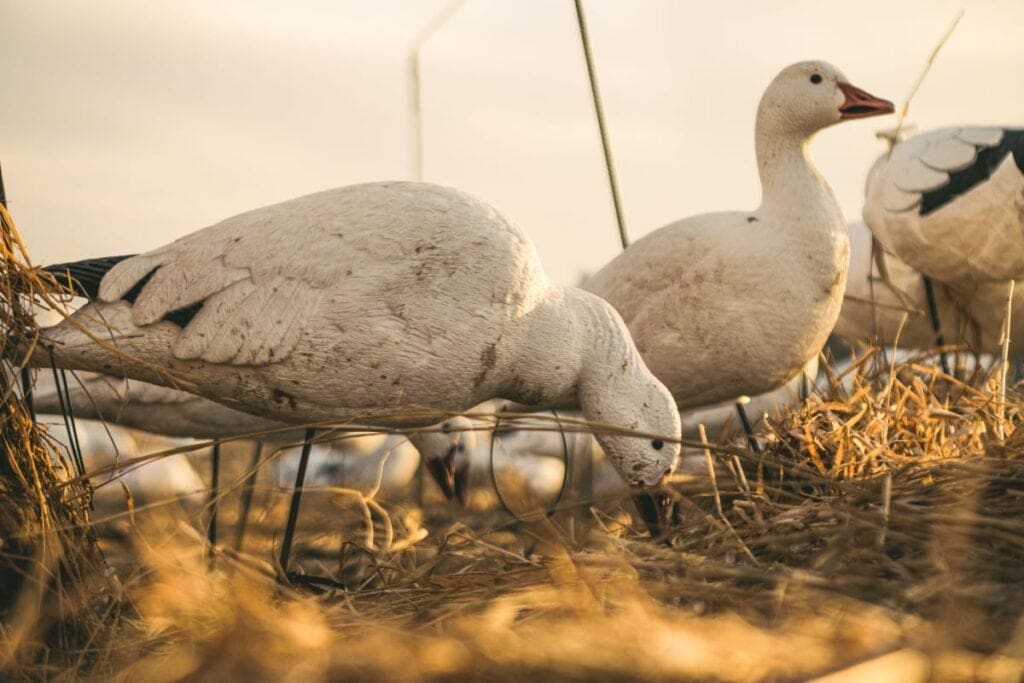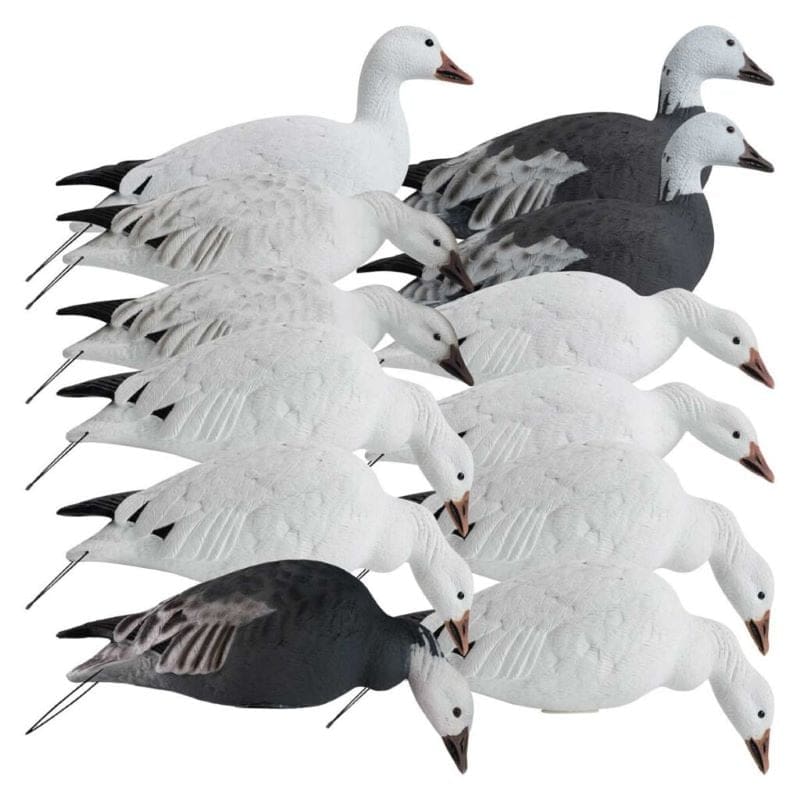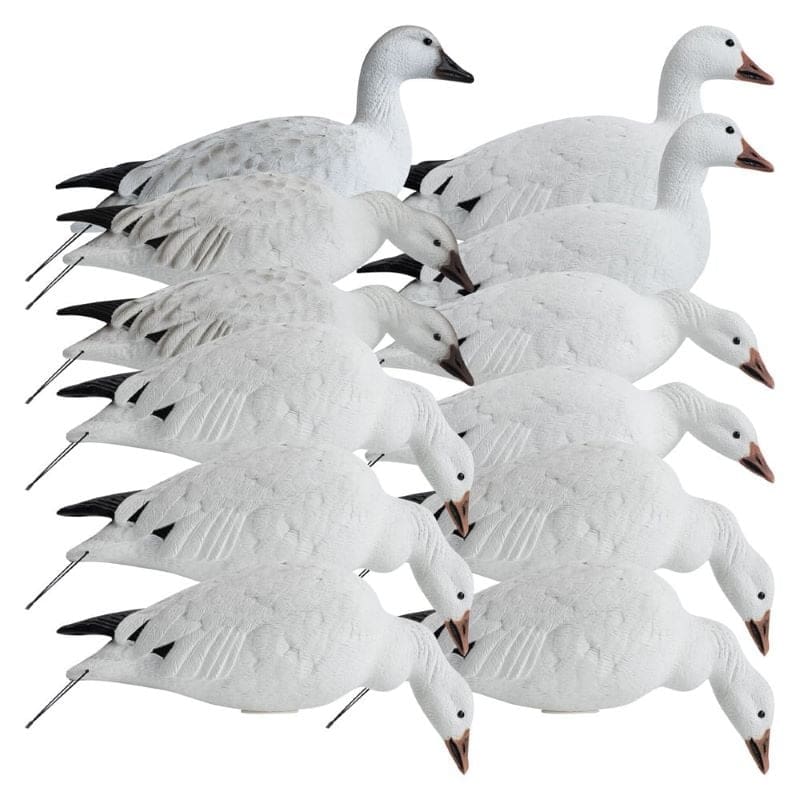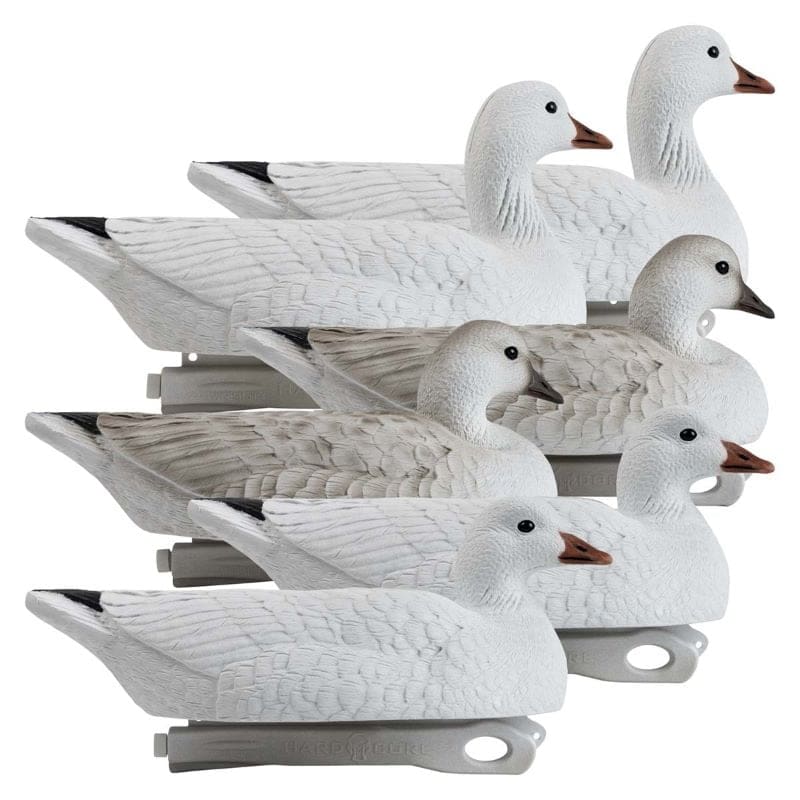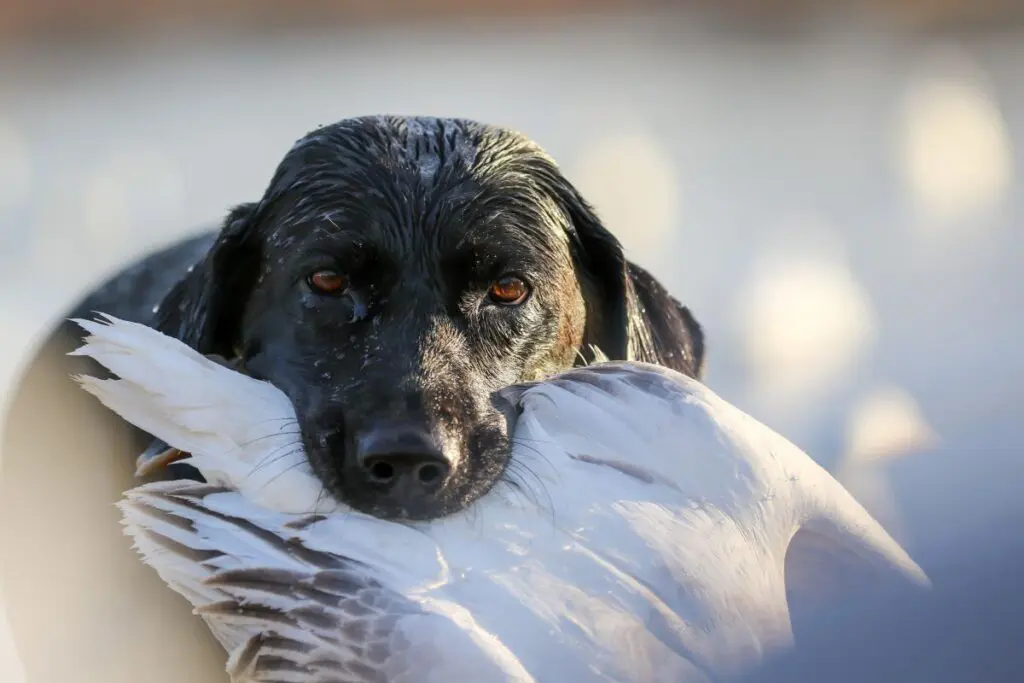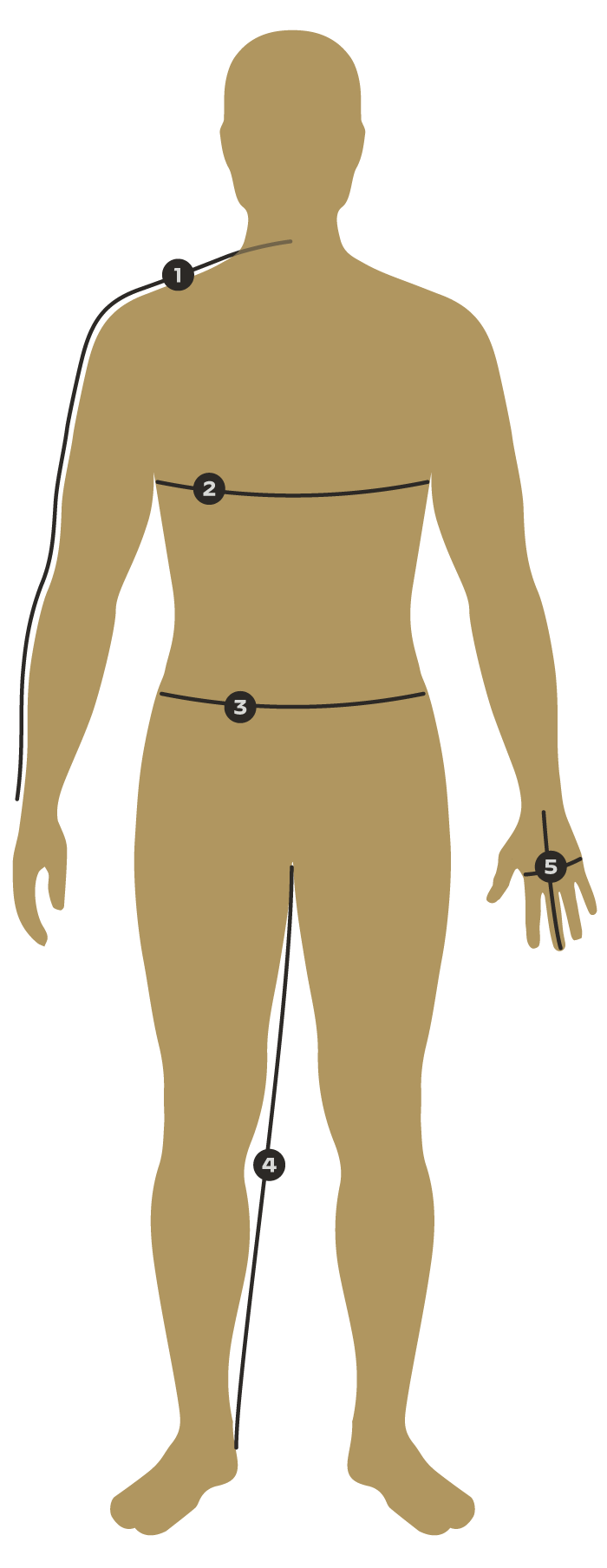Take advantage of special Light Goose Conservation Order (LGCO) seasons across the nation’s breadbasket.
With regular waterfowl seasons winding down across the country, many hunters are getting revved-up for one of the greatest spectacles in the waterfowl hunting world: the spring snow goose migration and special Light Goose Conservation Order season.
Intended to control expanding populations of snow geese (and to a lesser degree Ross geese), the LGCO season is based on the theory that additional hunter harvest of “light geese” will mitigate damage to nesting grounds by geese overfeeding and destroying fragile tundra vegetation. Subsequently, this may protect critical habitat for not only light geese, but many other species of wildlife as well.
The LGCO strips away regs waterfowl hunters are accustomed to during regular duck and goose seasons and allows “guns free” style hunting, including no magazine plugs, no bag limits, hunting past sunset, and the use of electronic calls. It’s truly worth the time, effort, and money to take part in this unique experience.
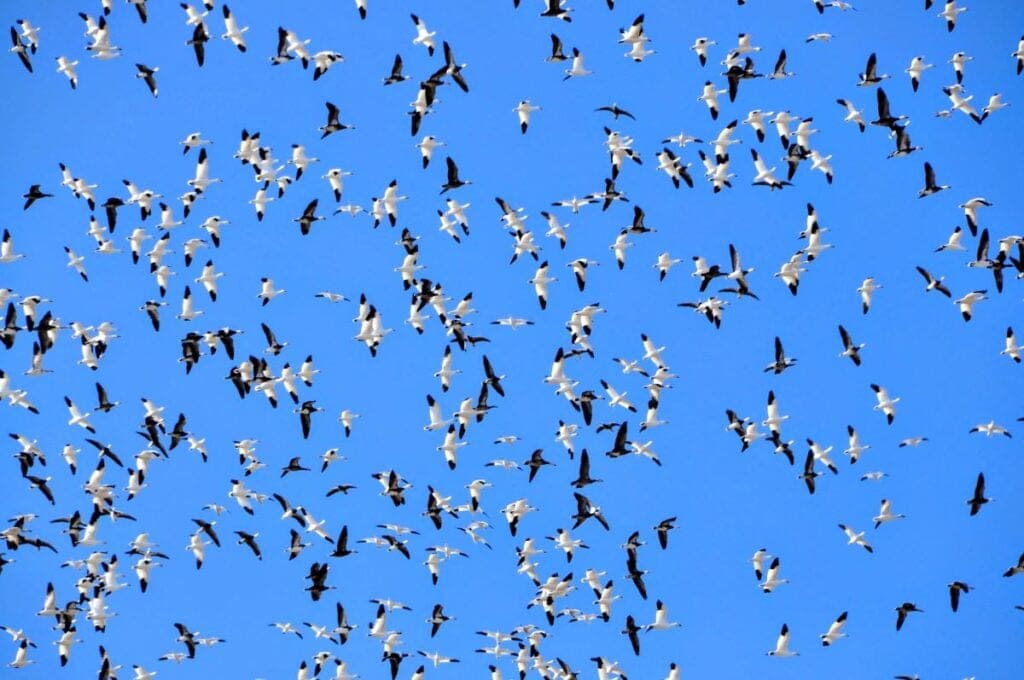
Massive flocks of snow geese working over huge spreads of decoys is something many waterfowl hunters dream of year-round and as a bonus, CO hunters have a front row seat to view the northward “spring” migration of other many other species including scores of ducks.
While many states offer an LGCO season, the hot zone is centered in the middle part of the country. Timing is important as some of these areas may host an incredible number of light geese for a few weeks, but either side of that timeline your shotgun may never come to shoulder.
No other type of waterfowl hunting is as labor intensive or expensive as hunting snow geese over decoys, and it’s not something you learn overnight. Adult snow geese are incredibly smart and teach hunters something new every season as the birds adapt to new hunter strategies and tactics. Some days are easier than others of course but hunting brainy late-season snow geese is the most difficult and logistically challenging task any waterfowl hunter can take on.
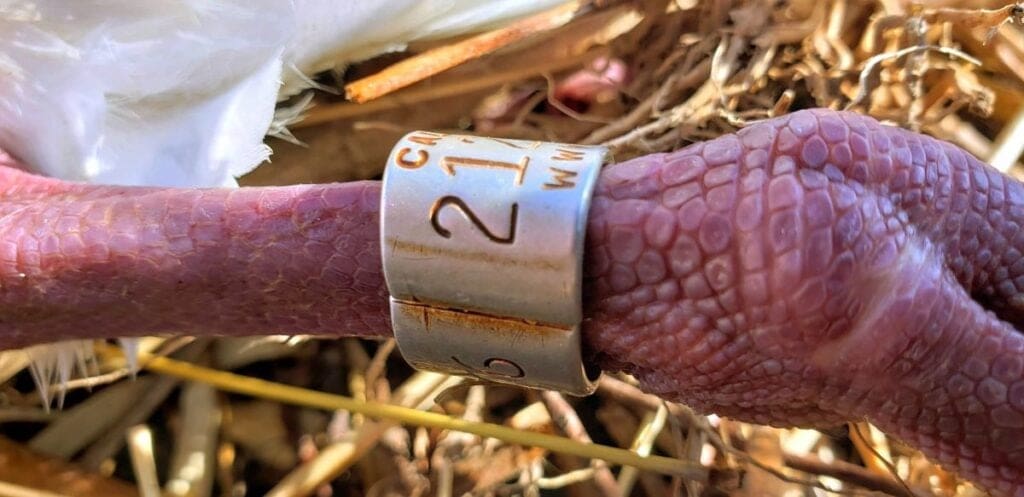
Guides are recommended, but freelancing for these amazing masters of migration is also popular. Building a substantial decoy spread is paramount to success, and investing in quality decoys from the get-go may be expensive, but will last longer than crummy hand-me-downs. The windsocks vs full body decoys (or combination thereof) will go on forever. Though they cost more and usually require a trailer to transport, full bodies hold up better from season to season and can be left out during inclement weather that can trash socks. And, as a rule it typically takes fewer full bodies than socks to get the job done.
The HOT ZONE
Keep in mind, in any given area, primetime may occur a week or so either side of the normal slot in hot spots. This is especially the case when huge winter storms prompt a reverse migration, or frigid weather and snow lingers longer than usual. The same can be said for unseasonable warmth when big pushes of geese may occur early.
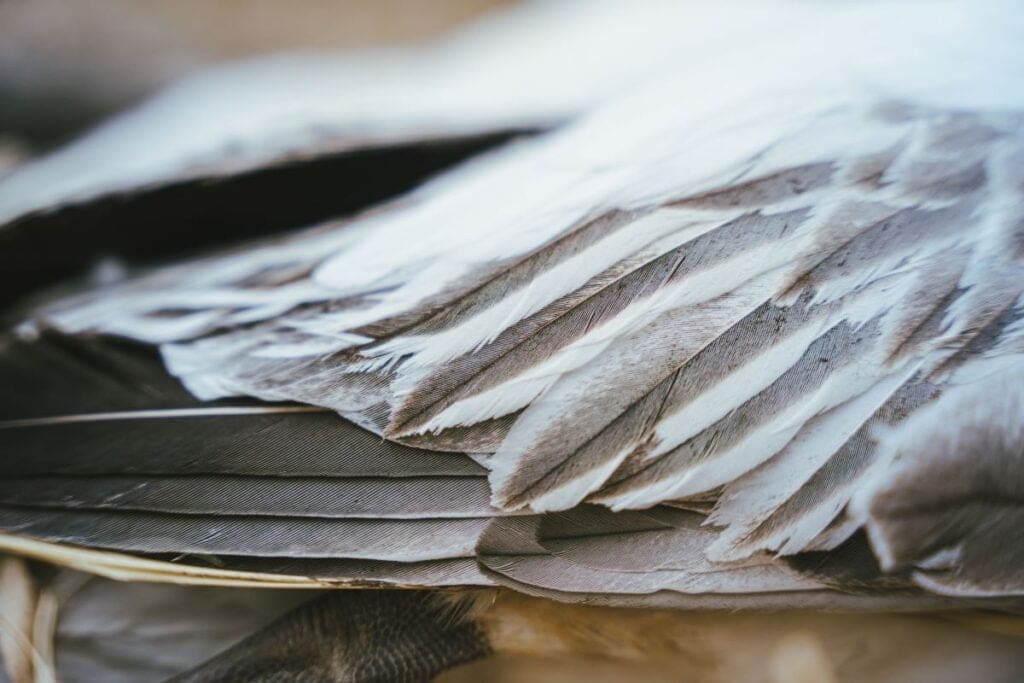
ARKANSAS
The plentiful rice fields of Arkansas are a huge draw for snow geese, and at any given time throughout fall and winter there will be incredible numbers of them scattered around the state’s vast rice prairies. Most major outfitters specializing in LGCO hunts get the ball rolling in Arkansas for the Feb. 1st opener and eventually work their way north, as they follow the largest concentrations of migrating geese. Through most of February, Arkansas is a no-brainer snow goose hot spot.
MISSOURI
The Show Me State can be broken down into a few key areas for snow geese. In the southeast (known as SEMO), peak timing is essentially lockstep with northeast Arkansas and both regions are characterized by the same general terrain. As light geese push northward, their migration paths often follow major rivers. No surprise, the best places to hunt in Missouri are associated with the Mississippi and Missouri rivers, and their tributaries. The north central region is very important around big conservation areas and wildlife refuges such as Swan Lake NWR. In the far northwest, Loess Bluffs NWR near Mound City is one of the biggest migration stops for midcontinent snow geese, and many well-established outfitters and guides got their start in this area.
Timing-wise, SEMO typically peaks early to mid-February but can also provide great opportunity well into March some years. In the northern region, peak migration and staging usually occurs during the second half of February into the first week or two of March.
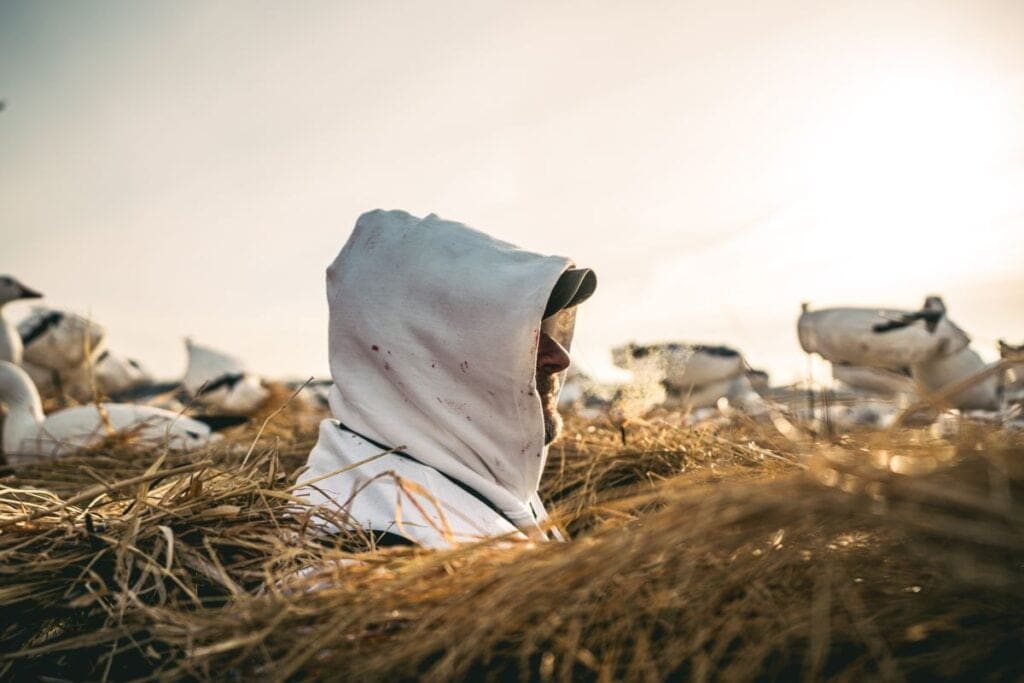
ILLINOIS
Another state that benefits from major rivers including the Mississippi, Illinois, and Wabash, the Prairie State (and to a lesser degree, nearby southwest Indiana) represents the eastern front of significant snow goose migration. The southern two thirds of the state in particular offer some of the most consistent snow hunting anywhere during February into March.
KANSAS
The Sunflower State can be a bit of a sleeper in the snow goose game, but make no mistake, this state is located squarely in the heart of the Central Flyway snow goose migration path. Multiple huge reservoirs and major refuges, including powerhouse waterfowl hot spots Cheyenne Bottoms Wildlife Area and Quivira NWR (both located near Great Bend) and plenty of agricultural ground full of waste grain, hunting the LGCO in Kansas is a great option.
While mid-state is often ready to rock for the mid-February CO opener, in the northeast part of the state, peak hunting often occurs at about the same time as northern Missouri and the Rainwater Basin in Nebraska. Kansas is known for great late hunting as well when late winter storms smack the upper-plains, forcing geese back south temporarily.
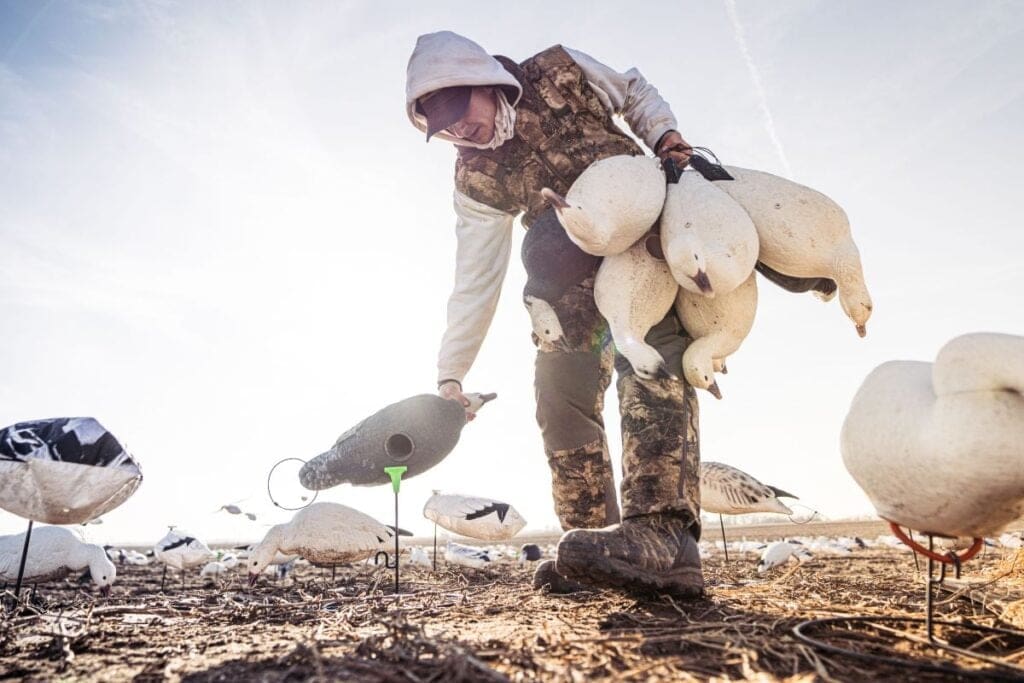
NEBRASKA
The Platte River bottoms and Rainwater Basin of Nebraska form one of the most important waterfowl staging regions in North America, and light geese often swarm this massive patch of the Cornhusker State. While the eastern half of the state is well-known for LGCO supremacy at times and it often peaks about the same time as northwest Missouri, do not ignore the central and western region which picks up birds when Kansas and (sleeper) Colorado start to peter out.
IOWA
The Hawkeye State, and especially the western third, is smack-dab in the main flightline for massive numbers of light geese migrating into the Dakotas as the birds follow a sort of hourglass shaped path northward. When Illinois and much of Missouri begin to ramp down, Iowa is often where it’s at and many birds stop and hang around for a while towards the end of February and March.
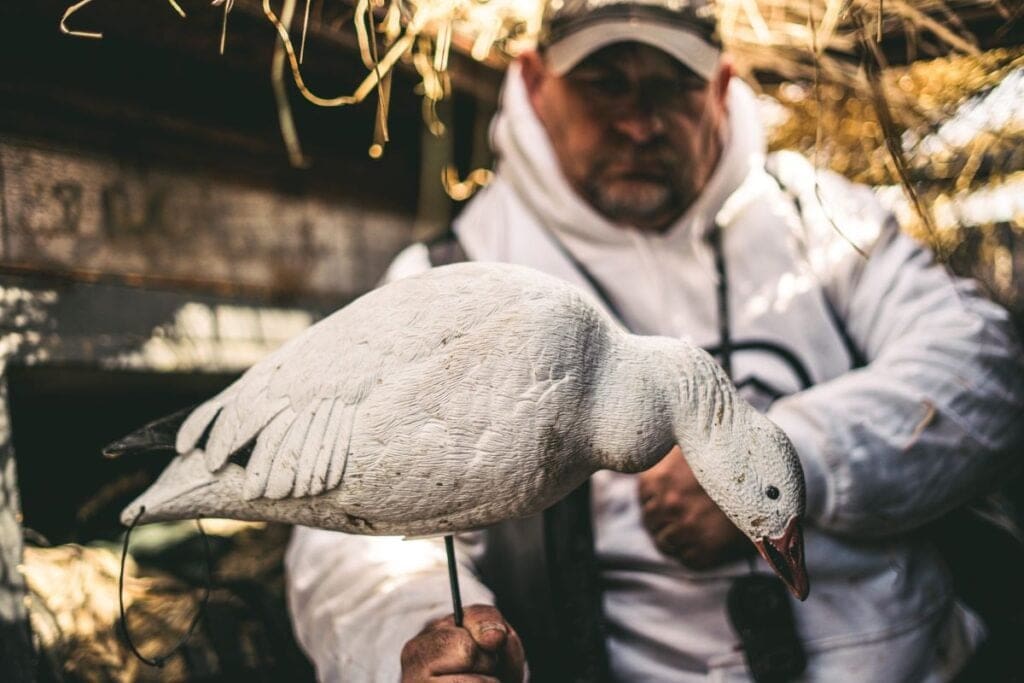
NORTH AND SOUTH DAKOTA
During much of March, South Dakota becomes the mother ship for migrating snow geese and absurd numbers occupy a landscape that serves waterfowl like few other states do. With plentiful roost lakes and marshes surrounded by mile after mile of stubble fields to feed in, snow geese will spend weeks here. North Dakota is much the same albeit turning on a little later and holding birds well into April and even May just prior to birds making their final push into Canada and eventually their tundra nesting grounds.
Many outfitters that started their CO season in Arkansas will make their final stand in the Dakotas, and while these geese are the smartest anybody will encounter during the “spring” migration, the fact is there are often so many geese in a given area, hunting can be lights-out just about any time.
SLEEPERS
Though they may not support quite the same level of consistency and numbers or outfitter presence, there are other states certainly worth noting. Colorado and Wyoming, for example, can be phenomenal, and back east western Tennessee and Kentucky are also well within the snow goose migration corridor and hold birds throughout much of February. Indiana, on the far eastern edge of the snow goose alley, also has its moments for a couple weeks when neighboring Illinois is peaking.
THE BOTTOM LINE
The LGCO is a temporary, special management action established by the federal government. Twenty-seven years later it’s still going, but there is no guarantee of its future. If the idea of thousands of snow geese tornado-ing into decoys appeals to you, the time is now to give it a try!
